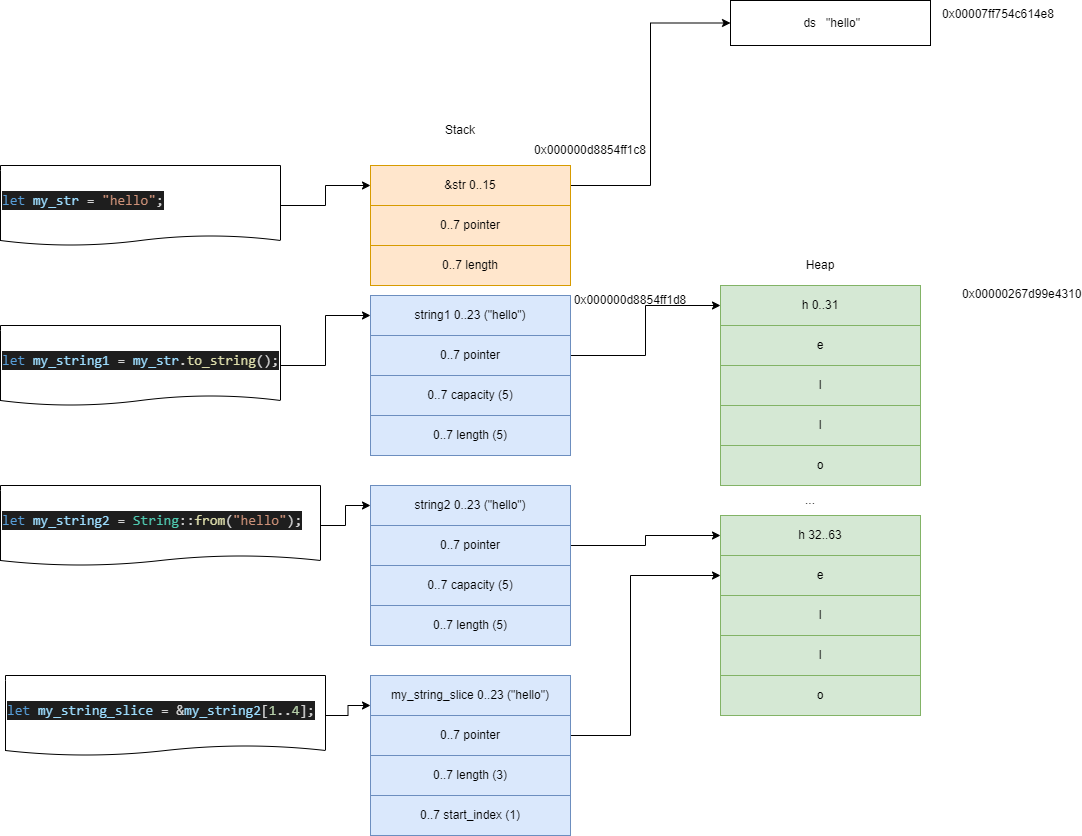
There have been many discussions about which programming language is better in terms of security and correctness of source code (by "correctness and security" we mean the absence of various errors in the program that manifest themselves at the stage of its execution and lead to the issuance of an incorrect result or unexpected behavior). And some programming languages, such as SPARK or OCaml, were even specially developed to facilitate the proof of program correctness.
Is it possible to write programs without errors at all?






